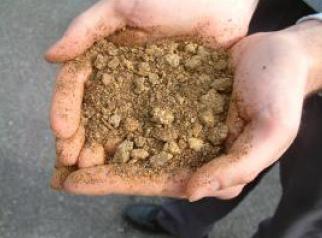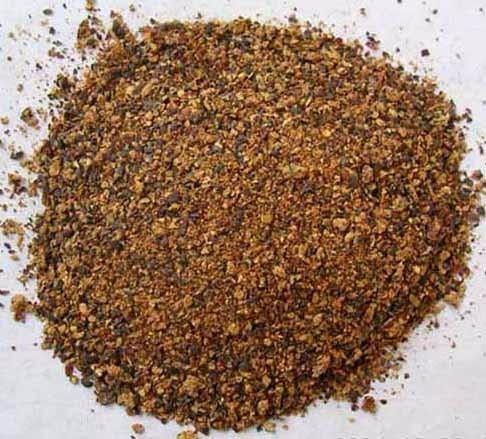Rapeseed Meal


-
A by-product from crushing, expelling and extracting oil from Oilseed rape and is normally in meal form.
-
Oilseed rapemeal is readily available all the year round.
-
A high protein, good energy feed used to partially replace soya bean meal, although the protein is less digestible. The meal from industrial crops ("environmentally friendly" fuel oils) is usually high in glucosinolate / erucic acid.
-
Rapeseed Meal is derived from the oilseed rape plant and constitutes a black and yellowish meal which is slightly oily to the touch. In the past, Rapeseed Meal was fed in quantities ranging from 5% to 12%.
-
Fed alone, Rapeseed Meal is unpalatable. Its reputation as a cost-effective and practical alternative to soya is deserved, provided compensation is made for its naturally lower energy and protein levels.
-
Rapeseed Meal is available all year round, but it's price is lowest during the August/September period when supply is at its highest.
-
Oilseed Rapemeal has become a popular feed to supply ruminant animals, and to a lesser extent, pigs, with a cost effective source of protein (35%). Good levels of ruminally degraded protein makes it a useful addition in diets containing low protein grass and maize.
Rapeseed Meal analysis on a dry matter basis (%):
Protein |
Oil |
Fibre |
Ash |
Metabolisable energy (ME)(Mega Joules/kg dry matter) |
Dry Matter (%) |
|
34 |
2 |
13 |
8 |
12 |
88 |
Limits to Usage
-
Anti-nutritional factors include erucic acid, glucosinolates, tannins and sinapine.
-
Checks should be made on the erucic acid and glucosinolate levels as they are unpalatable to ruminants, however these are normally low in new varieties.
-
Whilst rapeseed meal is a cheap source of protein, only a restricted volume can be included in feed compounds because rape has negative nutritional effects on cows and is unpalatable at high concentrations.
Storage / Processing
-
Correct processing will produce a stable product with little anti-nutritional factors.
-
Material to have been stored in compliance with the UFAS code of practice for the control of salmonella.


